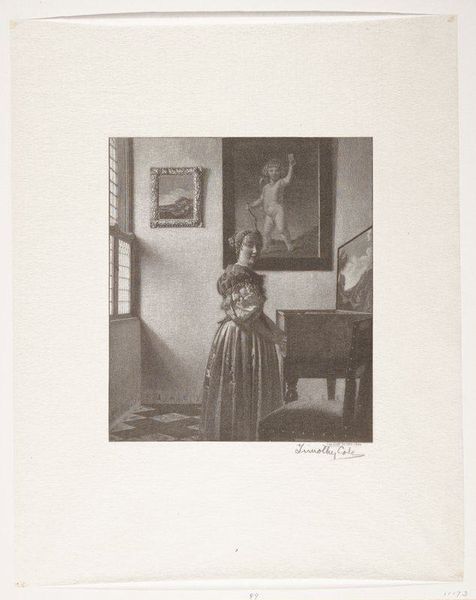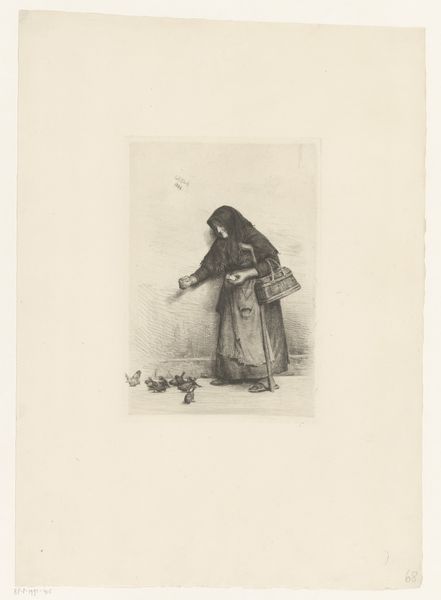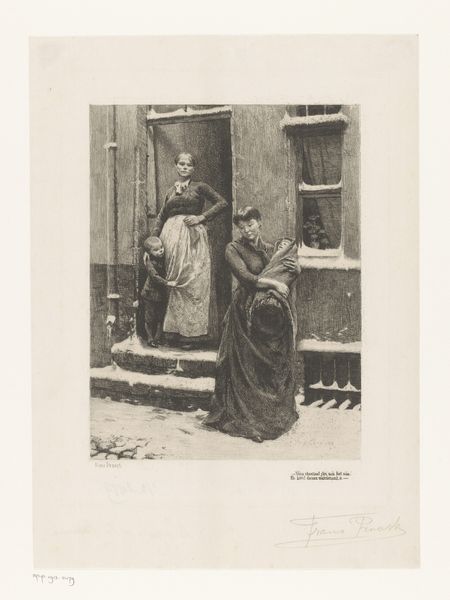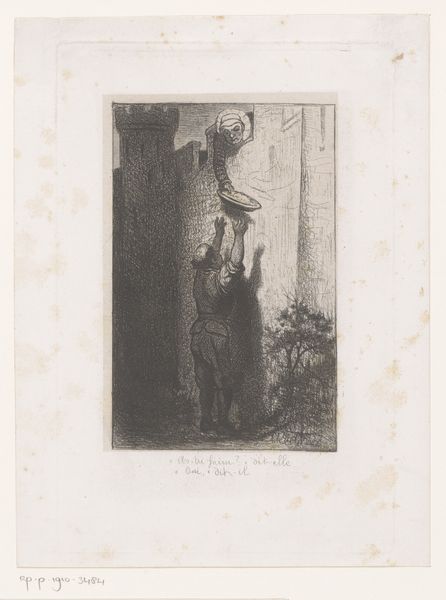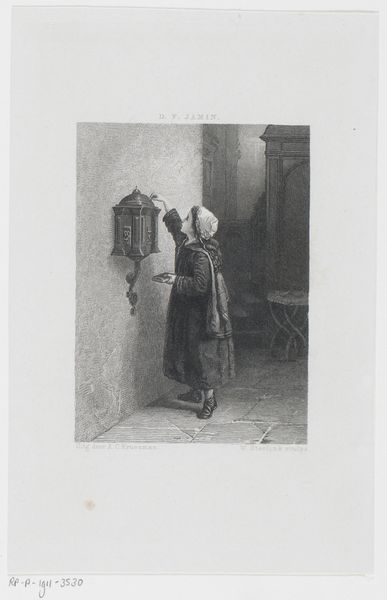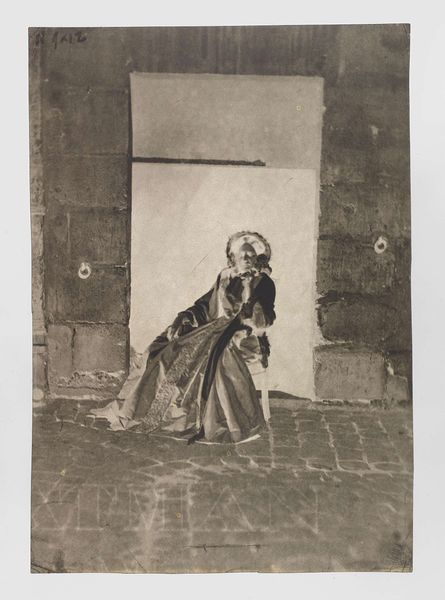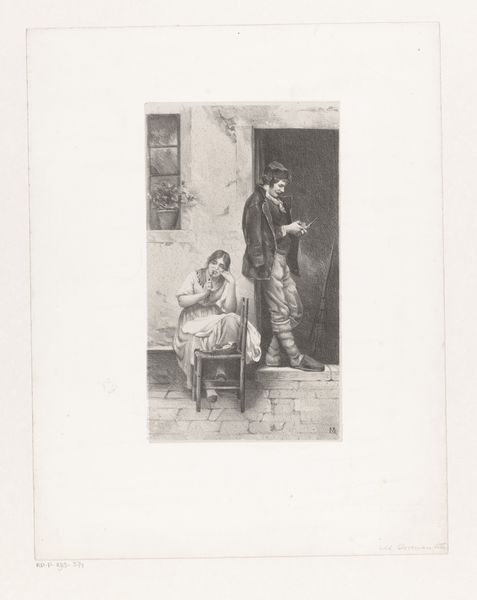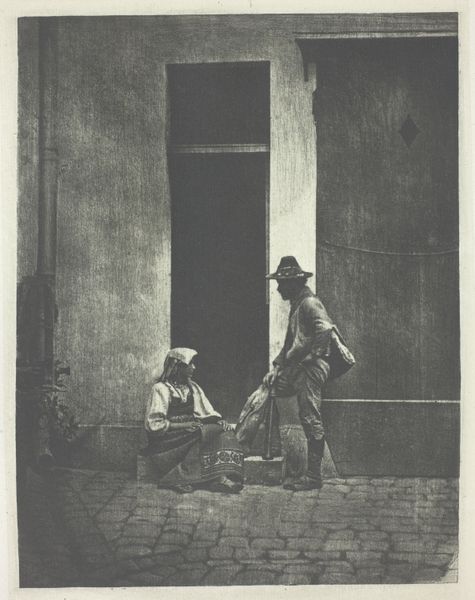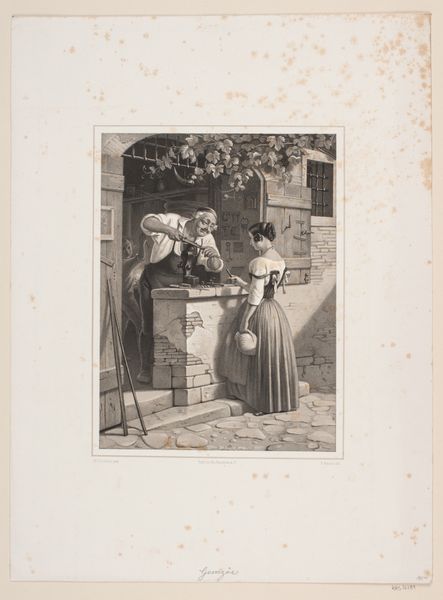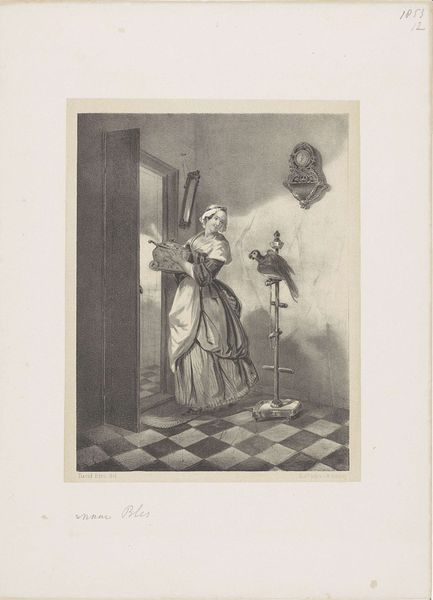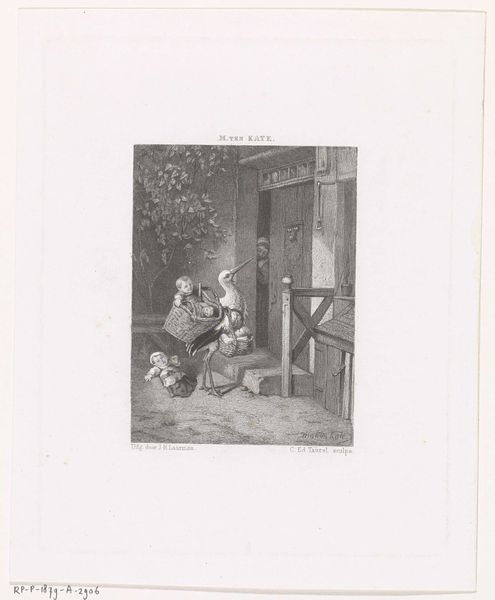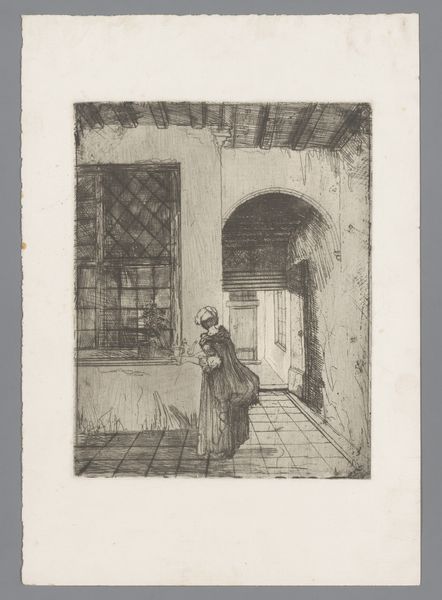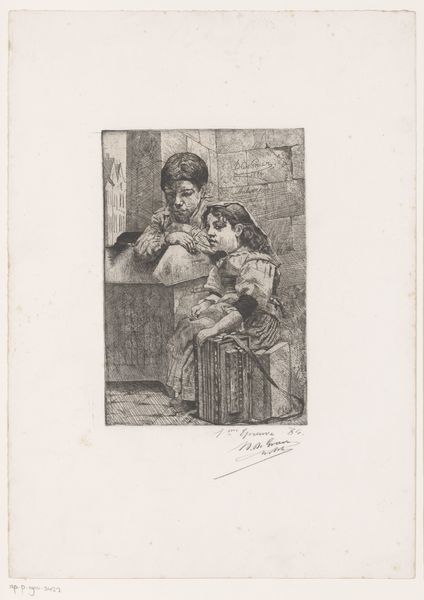
engraving
#
portrait
#
16_19th-century
#
cityscape
#
genre-painting
#
northern-renaissance
#
engraving
#
realism
Dimensions: height 175 mm, width 126 mm
Copyright: Rijks Museum: Open Domain
Editor: This is “Bedelend Meisje,” or “Begging Girl,” an engraving from somewhere between 1826 and 1886 by Dirk Jurriaan Sluyter, currently residing at the Rijksmuseum. The scene is stark, filled with social tension and economic disparity. What narratives do you see embedded within this print? Curator: I see a powerful commentary on social inequality. This engraving, appearing during a period of rapid industrialization and urbanization, depicts a stark contrast between the haves and have-nots. The "Begging Girl" isn't just a sentimental image; it's a document reflecting the social stratification and exploitation of labor prevalent during the 19th century. Notice how the children are positioned. One is leaning out the window, apparently cared for and supported. The other, in tattered clothing, reaching out hopefully. Editor: It’s almost theatrical, the way they’re staged. Like a tableau vivant meant to provoke a reaction. Curator: Precisely. This carefully constructed image encourages viewers to confront uncomfortable realities: child poverty, lack of social safety nets, and the immense power imbalances shaping society. How do you think the contemporary viewer might have reacted? What would have been their biases? Editor: Perhaps some viewers would feel pity and be moved to charity, while others might dismiss the girl as simply lazy or blame her family for their misfortunes. It makes me think about how even today, these very same debates around poverty and personal responsibility persist. Curator: Exactly! Sluyter's work forces us to confront the long, unbroken chain of societal problems and prejudices that affect so many lives. It begs the question: What responsibility do we, as a society, bear in addressing the needs of its most vulnerable members? Editor: This engraving is not just a picture of the past but also a mirror reflecting our present. Thank you for drawing those links for me. Curator: It's in grappling with these visual echoes of the past that we can begin to forge a more equitable future.
Comments
No comments
Be the first to comment and join the conversation on the ultimate creative platform.
